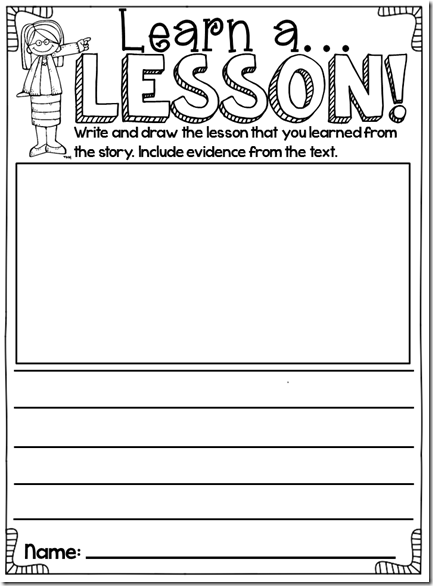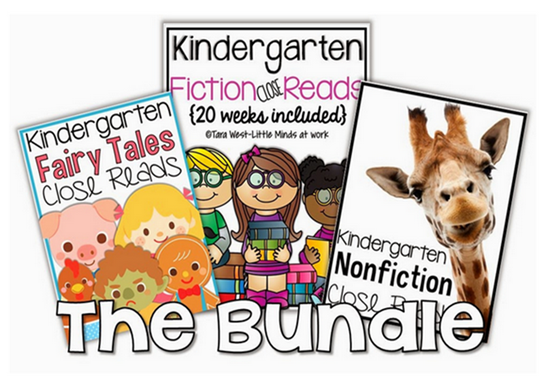 Hi friends! I’m so sad I missed out on last week’s book study. I was in the midst of moving. Eeeek! If you haven’t done so already, be sure to go read all about Chapter 4 over at Tara’s blog! Just joining us? Grab a copy of the book here:
Hi friends! I’m so sad I missed out on last week’s book study. I was in the midst of moving. Eeeek! If you haven’t done so already, be sure to go read all about Chapter 4 over at Tara’s blog! Just joining us? Grab a copy of the book here:
Okay, I AM back for Chapter 5: Reading for Specific Objectives! I found Chapter 5 to be EXTREMELY informative. The chapter discusses the importance of having a CLEAR instructional purpose when developing a close reading lesson. The authors state, “While comprehending at the literal level certainly provides a foundational step to accessing complex text, a specific literacy objective tied to the text will instill greater strength to the lesson – guiding your thinking about the cognitive pathways students will take to arrive at a given point as well as making those pathways known to students.” Basically what this means is we want always start with the end in mind. Prior to conducting a close reading lesson, we should always ask ourselves, “What new learning do I want my students to walk away with?” or “What’s the purpose of this lesson?” Before attacking a comprehension strategy, first we must find a quality text. Then, we can determine what comprehension skill we want to focus on.
(Note: This is VERY different from how we’ve often taught comprehension skills, which was to first teach the skill, and then select a text to highlight that skill.) Okay, so say you find a text that is worthy of a close read and you think it nicely lends itself to helping your students learn the skills they need to summarize. Great, right? Now what? The authors suggest we should chunk the text into manageable tasks, rather than rushing to the lesson’s objective with students uncertain of what to do.
Suggestions for Each Cycle of a Close Read: First Cycle/Read: Circle important words from the text and then discuss why the words were important and how they influenced the text. Second Cycle/Read: Underline key ideas and then discuss. Third Cycle/Read: Present the big question/task. Have students cite evidence! Discuss. The authors provide us with close reading lesson examples for each of the Common Core Anchor Standards. (BE SURE TO REFER BACK TO THESE LATER ON WHEN YOU’RE CONDUCTING CLOSE READING LESSONS!)
I decided to focus on Common Core Anchor Standard 2: Theme/Main Idea and Summarization. This past year, I found that my students struggled with identifying the moral/lesson (later known as theme) of a story. It’s too bad I didn’t have access to the lesson examples that are provided in this chapter last year because I think they would have helped me tremendously! Here is the framework that the authors suggest we use for identifying the lesson/moral/theme in a story. I suggest printing this out and then checking off each box after you’ve completed it in your small group:
These are the organizers I created that correlate with close reading a text with the specific objective of identifying the lesson in the story. The organizers are meant to be completed after each cycle of reading.
To Complete After First Cycle/Read:
To Complete After Second Cycle/Read:
To Complete After Third Cycle/Read:
My goal is to create specific comprehension organizers for ALL of the Common Core Anchor Standards. I’m adding that to my never-ending to-do list. Ha! Grab the organizers you see above (including the framework checklist) HERE for FREE. If you’re needing some close reading materials, check out the close reading materials I have in my shop: 
Also, Tara has lots of great close reading materials too:
Now, let’s have our own little BOOK TALK! I LOVED the first reflection question from this chapter, so I thought we could discuss them here. Feel free to answer the question the comment section below: 











